Mastering the Art of Under-Sink Organization
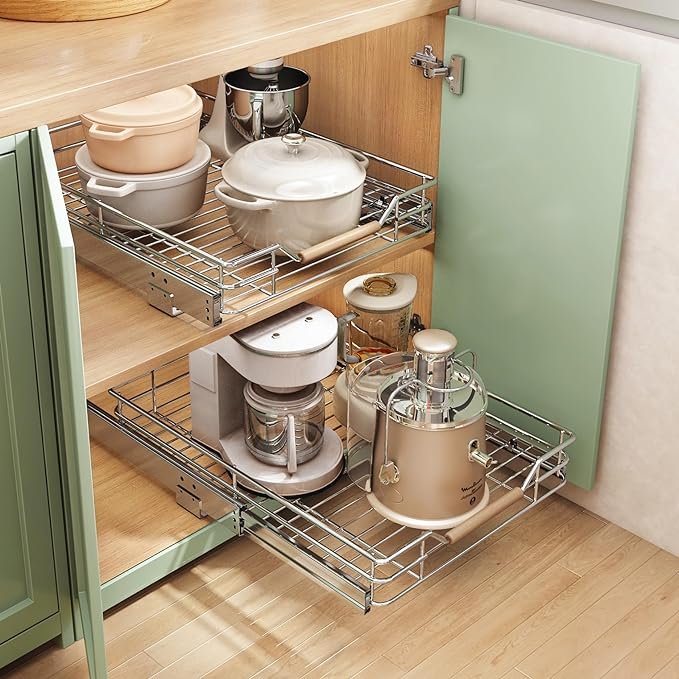
The under-sink area in any kitchen often becomes a catch-all for various cleaning supplies and miscellaneous items, resulting in a cluttered, inefficient space. Maximizing this underutilized area requires a strategic approach to storage and organization. A primary step is categorizing your cleaning supplies to ensure that similar items are grouped together. This categorization helps in quickly locating specific products when needed and minimizes the clutter caused by disparate items.
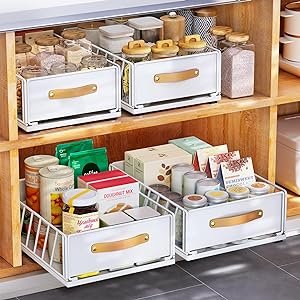
Installing shelving or pull-out bins is a practical method to add structure and accessibility under the sink. These organizational tools make it simpler to manage space and create designated zones for different supplies. Adjustable shelves can accommodate items of varying heights, while pull-out bins allow easy access to items stored at the back, eliminating the need to dig through heaps of supplies.
Efficient vertical space utilization is another critical strategy. Installing hooks or racks on the cabinet door can provide additional storage for items like gloves, brushes, and smaller bottles. Magnetic strips can be attached to hold metal objects securely, ensuring they are within easy reach. These implementations help to free up the shelf and floor space within the cabinet, making a significant difference in maintaining an orderly environment.
Preventing leak damage is an essential consideration for under-sink organization. Placing a waterproof mat or tray at the base of the cabinet can protect it from potential leaks and spills. Regularly inspecting plumbing fixtures for signs of wear and promptly addressing leaks can prevent water damage and mold growth, ensuring the storage area remains clean and safe.
Finally, embracing eco-friendly storage solutions not only benefits the environment but also contributes to a healthier kitchen setting. Opt for reusable bins and containers made from sustainable materials, and consider incorporating waste minimization strategies like segregating recyclables and compostables. By combining these eco-conscious choices with efficient organization techniques, you can achieve a clean, green, and well-organized under-sink area, enhancing the overall functionality and aesthetics of your kitchen.
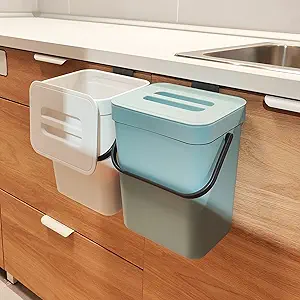
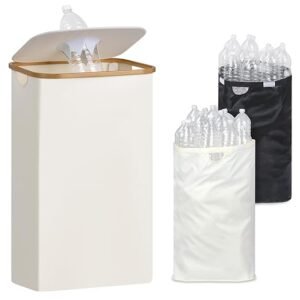
Optimizing Your Cabinets with Smart Storage Solutions
Maximizing the efficiency of kitchen cabinets is crucial for a well-organized cooking space. Various techniques can help you make the most of your limited storage space, ensuring that everything you need is easily accessible. One effective method is the use of shelf risers, which essentially double the vertical space within cabinets. By creating additional levels, you can easily stack plates, bowls, and cups without making a mess or risking breakage.
Turntables are another useful addition to your cabinets. Ideal for organizing spices, canned goods, and jars, turntables can be effortlessly rotated to bring items stored at the back to the front. This eliminates the need for digging through cluttered shelves to find what you need. Similarly, pull-out drawers or trays are excellent for easy access to pots, pans, and other larger kitchen utensils. These can be installed in lower cabinets to prevent the frustrating experience of rummaging around in deep, dark corners.
Categorizing and grouping items within your cabinets ensures that you can quickly find what you need. It is advisable to store similar items together. For instance, all baking supplies can be placed in one cabinet, while another can be dedicated to cooking essentials like oils, vinegars, and spices. Labeling storage bins and containers can further enhance this organization by providing clear identification at a glance, saving valuable time during meal preparation.
Additionally, managing irregular-shaped items like lids and small appliances can be challenging but is essential. For lid storage, consider using a dedicated organizer or a tension rod within cabinets to keep them upright and segregated. Small appliances can be stored on sturdy pull-out shelves to facilitate easy access and better space utilization.
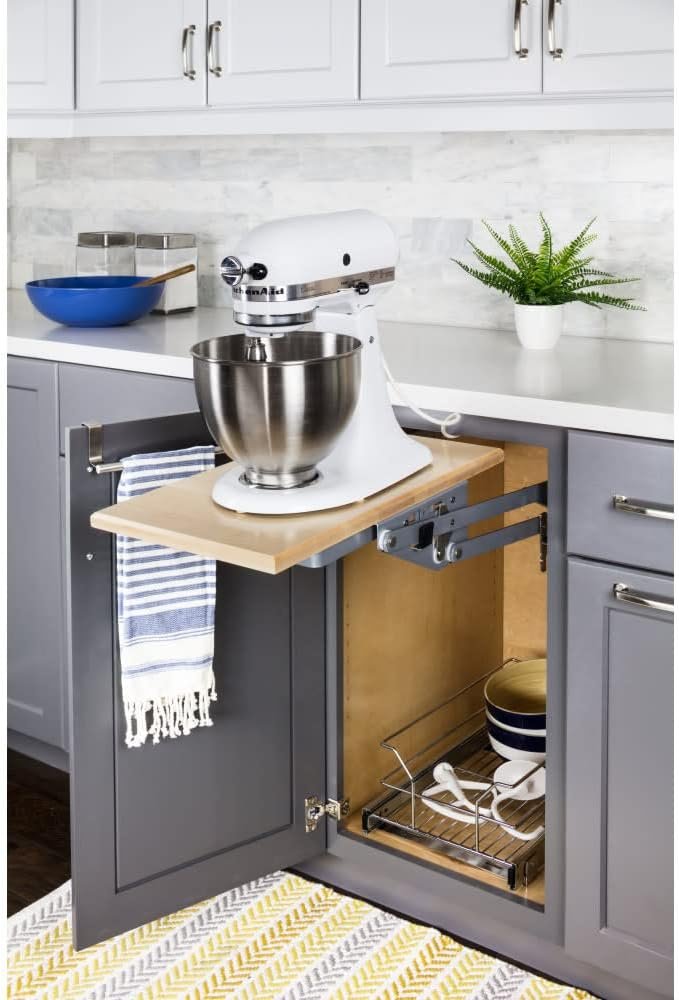
The goal of these smart storage solutions is to maintain a clutter-free kitchen, allowing you to quickly scan your inventory and locate items without hassle. By implementing these strategies, you can create a more efficient, enjoyable, and organized cooking environment.
Revolutionizing Fridge and Pantry Organization
Organizing your fridge and pantry effectively is essential to maintaining freshness and accessibility of food. First, consider categorizing and separating items based on their type and usage frequency. Group dairy products, vegetables, fruits, and meats separately in designated areas, preferably using clear bins and labels to make identification more straightforward. Dedicated areas for beverages and condiments will also streamline access and maintain order.
Utilize stackable and vertical storage solutions to maximize space efficiently. For example, investing in tiered shelving, multi-level racks, and stackable containers can significantly expand capacity, allowing you to store more without cluttering the space. Regular rotation of stock is another crucial step. Place newer items at the back and older ones at the front to ensure that nothing expires unnoticed. Implementing a routine check, perhaps weekly or bi-weekly, will help you maintain this system smoothly.
Maintaining cleanliness is paramount. Regularly wipe down the shelves and drawers with eco-friendly cleaning solutions to ensure a sanitary storage environment. Prioritize using safe storage materials such as BPA-free plastics, glass containers, and reusable fabric bags. These not only help in keeping food safe but also contribute to sustainable kitchen practices by minimizing waste.
Finally, leverage labels for quick and easy identification of contents. Clearly marked labels reduce the time spent searching for items and prevent the misplacement of goods. By adopting these strategic measures, you can transform your fridge and pantry into highly organized and efficient spaces that support both health and sustainability.
Streamlining Pots and Pans Storage
Efficiently organizing your pots and pans can greatly enhance the functionality and aesthetics of your kitchen. By implementing strategic storage solutions, you can ensure that these essential cooking tools are always within reach and maintained in excellent condition. One effective approach is utilizing hanging racks. These racks can be mounted on walls or suspended from the ceiling, offering a practical way to keep your cookware accessible while saving valuable cabinet space.
Drawer dividers are another excellent storage solution, particularly for those with ample drawer space. Dividers help categorize and secure each pot and pan, preventing scratches and ensuring that each item has its designated spot. This not only keeps your cookware organized but also extends their longevity by minimizing wear and tear. For those with limited drawer space, consider vertical stacking methods. By placing smaller pans inside larger ones, you can maximize space while maintaining order. To further protect your items, place a soft liner between stacked pans to avoid potential damage.
Organizing lids can be particularly challenging, but employing lid racks or dividers can solve this issue efficiently. These organizers can be installed inside cabinets or attached to cabinet doors, keeping all lids visible and easy to find. Additionally, storing commonly used pots and pans within arm’s reach—such as in pull-out shelves or open shelving units—enhances accessibility and streamlines the cooking process.
Beyond just organizing, decluttering your collection of pots and pans can offer significant benefits. Consider downsizing to include only high-quality, multifunctional pieces. This not only frees up space but also ensures that you are using durable, versatile cookware. Decluttering can lead to a more organized and aesthetically pleasing kitchen, making it a space you enjoy both cooking and spending time in.

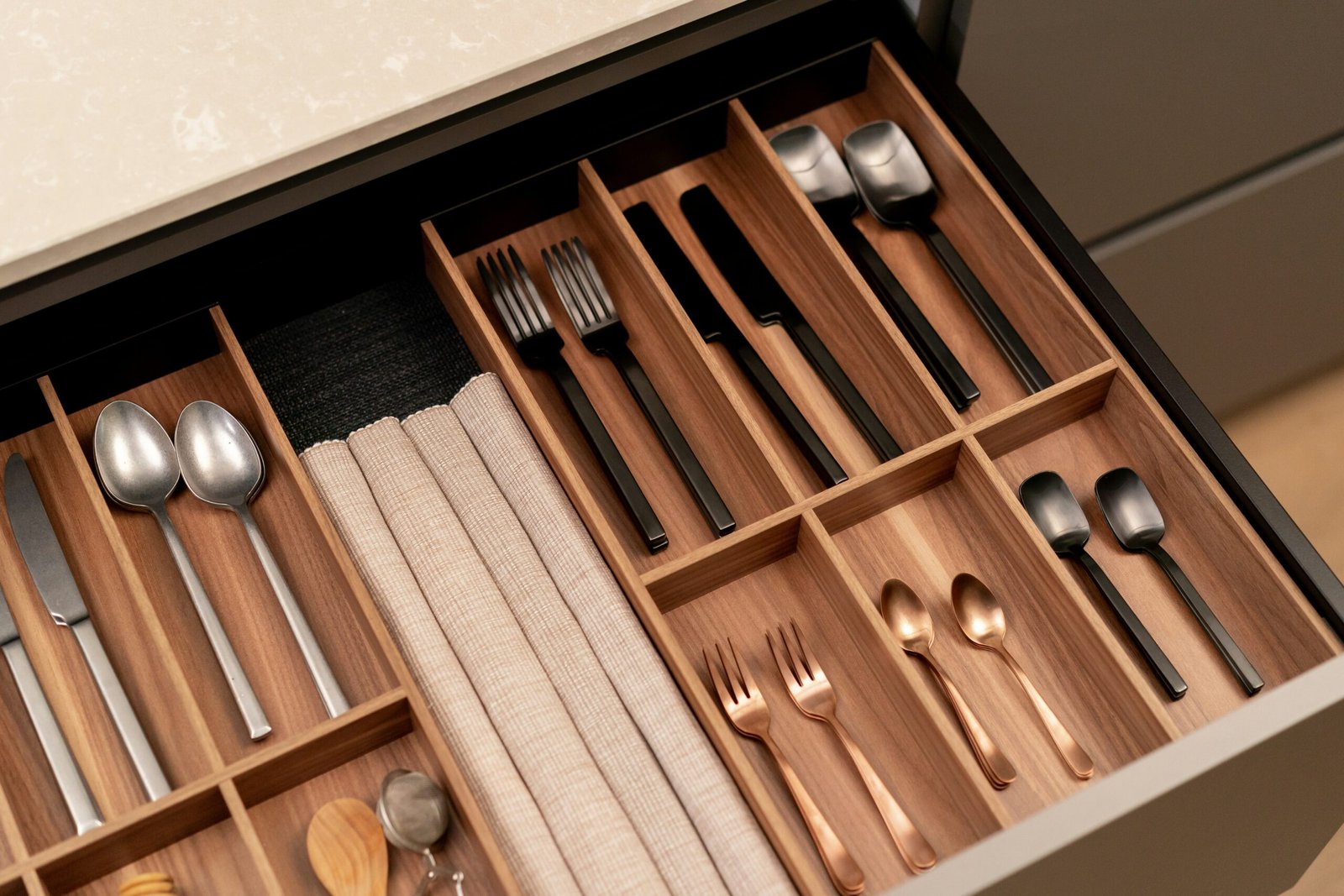
Leave a Reply